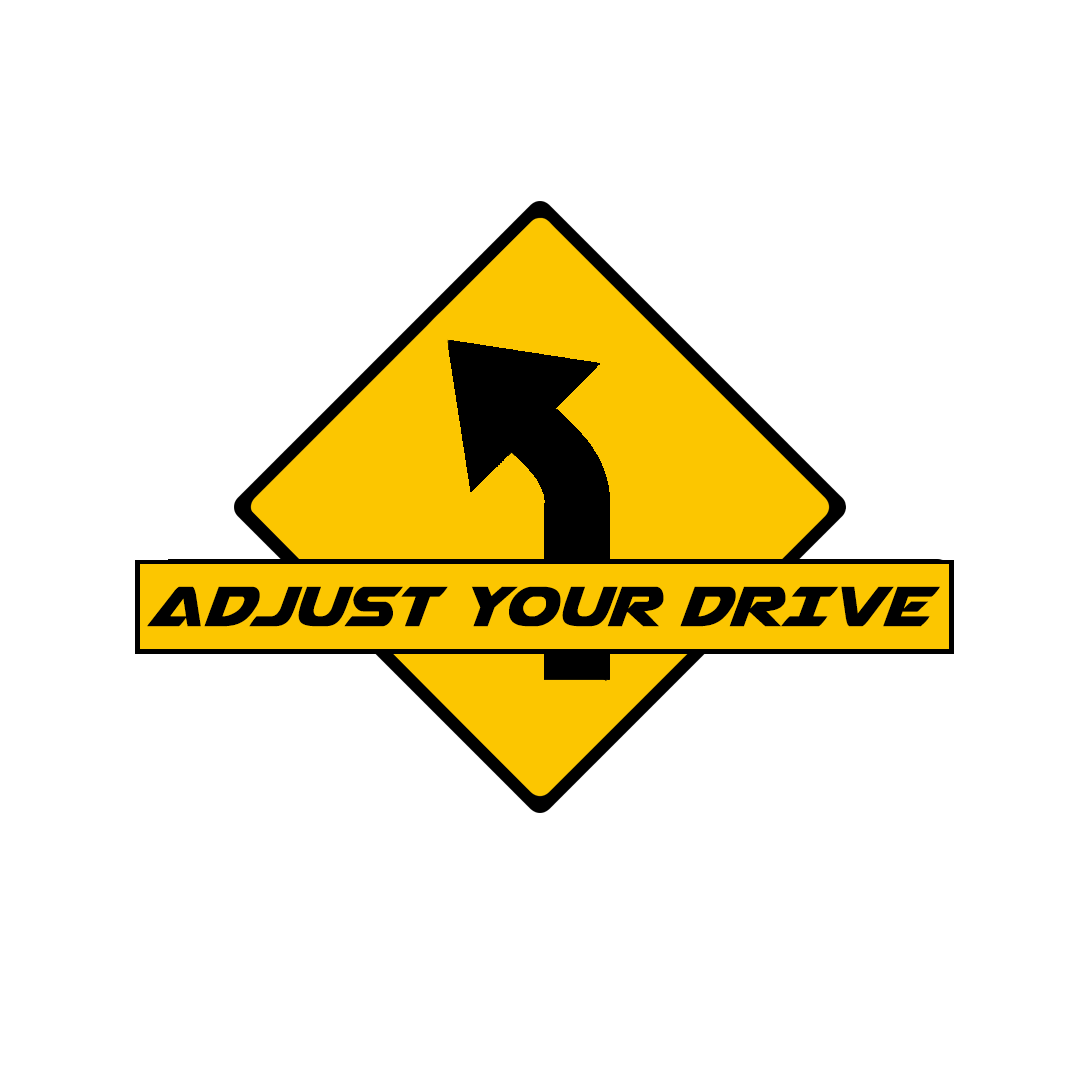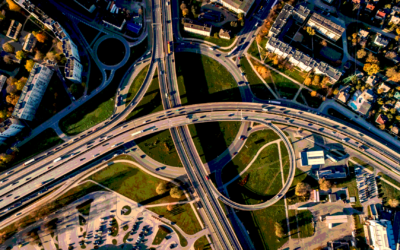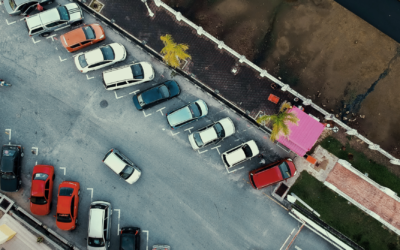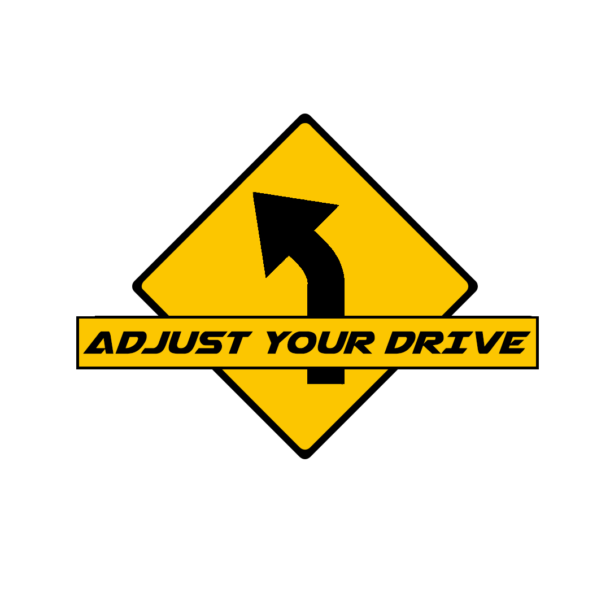If you’ve never dealt with an accident before, the whole process can be overwhelming. All the people involved are confusing. You aren’t prepared. It’s not a good time. You have important things to do. The accident takes your valuable time and energy.
Knowing what to expect can reduce your stress.
One of my hopes with Adjust Your Drive is to help cut down on your anxiety by giving you a first-hand account of what happens behind the scenes at an insurance company. I will describe the thought processes an adjuster uses to handle your claim, and my perspective on all the other entities you may have to deal with.
WHO DETERMINES FAULT?
One of the first questions I get after an accident is, “Who decides who is at fault?”
Is it the drivers? The police? The insurance companies? What about lawyers and courts? There are many people who may give their opinion, with varying degrees of authority. I will describe the typical workflow for how an accident is handled and all the various systems involved. But here is the simplest and most authoritative answer:
A court of law is the only entity that can make a FINAL LEGAL DECISION on who is at fault in a car accident.
But does every accident end up in court? Far from it. The vast majority of car accident claims are settled out of court.
According to the Bureau of Transportation Statistics, there were 6.7 million auto accidents in the U.S. in 2019, resulting in 2.7 million injuries.
Now, exact numbers are hard to find for a variety of reasons, as detailed in this article from the Duke Juricature. States have differing reporting metrics, differing definitions of exactly what constitutes a trial, and many states don’t report metrics to a central authority at all. Of the 21 reporting states in 2015, Pennsylvania had the highest trial disposition rate at 0.53%. That means that of all the civil lawsuits filed with the state, only half of a percent were actually decided by a jury.
For total numbers, the most commonly cited statistic is from the Bureau of Justice Statistics, which states 16,397 tort cases are tried in U.S. courts annually. About 52% of personal injury cases were related to motor vehicle accidents. This makes 8,526 court trials out of maybe 6 million accidents, or 0.1421%.
So if you are in an auto accident, you have around a tenth of a percent chance that a court actually makes a determination in your case.
What happens in the other 99.8579% of cases? They settle out of court.
SETTLEMENTS
A settlement is a binding agreement between the involved parties. The claims department at an insurance company basically functions as a big tort settlement machine. That’s where my job comes in. As an adjuster, I was the one to determine who was at fault and who the insurance policy would pay. In cases of disagreements, it was my job to sort through the evidence, weigh the risks, and reach some kind of agreement with the various people involved in the accident. That could mean the insured person, the claimant(s), sometimes parents/families, their attorneys, etc.
Settling a claim means putting a dollar value on the damages and paying that amount for the loss. This could be as simple as paying for a bumper repair, or as complicated as paying medical bills and setting up a structured settlement for an injured minor that must be legally approved on multiple levels.
An adjuster may also deny a claim. If they determine that there is no liability on their insured’s part, or that the insurance policy does not apply to the situation, they will deny the claim instead of paying.

PEOPLE INVOLVED
Immediately after an accident, the first person you are likely to talk to is the other driver involved. You may also talk to other people at the scene, such as witnesses or property owners. People often try to talk through what happened and who is at fault. But even if all drivers agree, this is not a legal determination. If one driver “admits fault” at the scene, this is not a binding statement. In the confusion right after an accident, it is easy to be mistaken about exactly what happened, who came from where, or what rules may apply. If someone says, “sorry,” or “it was my fault,” it does not bind their insurance company to accept fault or pay a claim.
The next person you may encounter could be a police officer. Police are trained as first responders, so their primary concern is everyone’s safety. They may check for injuries, direct traffic or block off a road, or call in other help such as medical assistance or tow trucks. They may also look for major violations, like driving under the influence.
Police may do an initial investigation at the scene, but not always. Many times they will determine that there are no injuries and no vehicles blocking the roadway, and leave. They often have higher priority calls waiting, and they can’t spend hours talking to everyone and writing a detailed report. When they do write a report, it may be partial information. I have seen police reports ranging from basic information to detailed analysis, and everything in between.
An officer may write a report listing one person at fault, but this is also not legally binding, and does not require an insurance company to accept fault or pay a claim.
This is typically when insurance gets involved. The drivers report the accident to their insurance companies, and the insurance companies investigate the claim.
REPORTING CLAIMS
This is a good time to correct some misconceptions I have run into about claims reporting:
- If you are involved in an accident, you are required to share your insurance information, regardless of who you think is at fault. Check your state laws regarding insurance requirements and driver duties after an accident.
- You are also required to report the accident to your insurance. Your insurance policy likely has a stipulation that you report all accidents in a timely manner. This allows the insurance carrier to be aware of the incident, investigate if needed, and take any action required. Again, this is regardless of who you think is at fault.
- Unreported accidents can turn into problems for you and your insurance. For example, you talk to the other driver, you both seem to agree that they were at fault, so you don’t share your insurance info. The other driver says they will pay out of pocket. But when that driver goes home and talks to their friends, they change their mind. They call the police or get an attorney, and tell everyone you left the scene without sharing your info. If you haven’t reported the accident, your insurance hasn’t had a chance to gather information and either pay a claim (if you are at fault) or put together a defense for you (if you aren’t at fault). The more time goes by, the harder it is for your insurance carrier to go back and get accurate statements, inspect vehicles, etc. It also becomes more likely that the other driver may get frustrated by not having their claims addressed, which means they may consult with an attorney and sue you directly.
- Your insurance company does not get an automatic report of your accident. There is no automatic system to report claims, and the police do not report claims for you. Insurance companies try to make reporting a claim as easy as possible. You can usually call, click, or use an app, but you do need to report your accident to them.
- Insurance companies do not get police reports automatically or instantaneously. I can’t tell you how many times I needed a driver to tell me what happened in an accident, only to be met with, “it’s all on the police report.” Trust me, it’s not all on the police report. If I already had all the information I needed, I wouldn’t be asking you.
- Here’s the inside scoop: even if we order the police report right away, it will be at least several days, and sometimes several weeks, before we receive the official report. The exception is when the officer gives some kind of a written report to each driver at the scene, but that is usually just an exchange of information form, and does not contain all the essential information about the accident. Bottom line, giving a prompt and thorough report to your insurance company will help you and everyone involved down the line.
When you report the accident to your insurance company, several things may happen, depending on how that company organizes their claims department. If the accident is “clear liability”, a term insurance uses for things like hitting a parked car or undisputed rear-end accidents, they might skip the investigation phase and go straight to inspecting damages and paying the claim.
ADJUSTERS
If investigation is needed, the claim will be assigned to a liability adjuster. This adjuster will typically start by contacting all the involved drivers and gathering recorded statements. The recorded statement is the adjuster’s main investigation tool, this is each driver’s version of events. If everyone seems to agree on what happened, the adjuster will make a liability determination. If drivers’ accounts disagree, the adjuster may require further evidence, such as vehicle photos, police reports, scene photos, witness statements, video footage, and anything else that could help.
The adjuster makes a liability determination for that company, but this is not binding for any other insurance companies involved.
In cases of disputed liability, your insurance company might back you, and the other driver’s insurance company might back them. There are processes in place to resolve disputes between companies, which I will detail in a separate post, but it is important to know that insurance companies CAN DISAGREE with each other.
In addition to investigating liability, an adjuster has many jobs to complete on each claim. This may include investigating coverage issues, gathering injury information, investigating damages, and protecting against fraud. Some of these issues may need to be resolved before paying a claim, even if fault is agreed. In some cases, the claim may go to a specialty adjuster for any of these issues. Adjusters may have different skill sets based on their training and experience.
For many claims, this is where the investigation ends. The insurance companies talk to everyone involved, reach agreement on who is at fault, and the proper payouts are made.
In cases involving injuries, the claim may be handled by an adjuster specializing in certain types of injuries, direct settlements, cases involving attorneys, or cases in litigation. Each liability adjuster who handles a claim will likely need to review the statements, evidence, and any other facts to determine that they agree with the liability decision before moving on to attempt to settle a claim.
ATTORNEYS
An attorney may be involved, usually when an injured party hires one. This attorney will also review the facts and make their own determination. An attorney represents their client’s interests, so in cases of disagreement, they will inevitably support the person who hired them.
An attorney will likely attempt to reach a settlement agreement with the at-fault insurance company. In the case of injured passengers, this could be the driver of the vehicle they were in, the driver of the other vehicle, or both. Attorneys will typically send a demand package to the insurance company, detailing the person’s case and injuries, and demanding a specific amount for settlement. There is often negotiation, and a settlement may be reached, ending the claim, or at least that portion.
If an attorney does not reach a satisfactory settlement agreement, they may file a lawsuit. At that point, a court is now involved, and the claim is in litigation. However, this still does not mean a court will make a liability determination. Going to trial is expensive and time consuming for all parties, so it is in everyone’s best interests to pursue other pathways. After a lawsuit is filed, the attorney and the insurance company can continue negotiations, and still reach a settlement, at which point the lawsuit is dropped.
First, there is a process of discovery, where each side must share evidence. Then, depending on the jurisdiction, there could be mediation or arbitration, which may be optional or mandatory. Mediation is when a neutral third party interacts with both sides, reviews the evidence, and attempts to facilitate an agreement between those involved. Arbitration is when a neutral third party reviews the evidence for themselves and makes their own decision on what the outcome should be. Optional mediation or arbitration is when both parties agree to seek a third party’s opinion because they feel it could help resolve the claim. Mandatory mediation or arbitration is when a court requires this process to happen, usually in order to resolve cases before tying up valuable court time.
CIVIL TRIALS
If all these processes fail to provide a resolution, only then does a case to go court. Depending on the claim, amounts involved, and jurisdiction, the case will likely be heard as a civil suit by a jury. The jury would make the final determination of who is at fault and what amounts should be paid. This decision is binding to all parties named in the lawsuit, barring any appeals process. In some cases there may be some additional negotiation afterward with the insurance companies to determine final payments.
In summary, there are many people who may be involved after an accident. However, most people’s goal is to be compensated for their accident, to be made whole. This typically involves insurance. Because of this, the insurance adjuster is most often the one who determines liability.
As with many things in the U.S., money is power. The adjuster controls the insurance money, and thus wields the economic power to make the liability decision.
Knowledge is also power. This blog is a tool to adjust your knowledge. The more you know how this process works, the better you can navigate it when you need to.






0 Comments